The Best Air-Purifying Plants To Have In Your Home
Keep the air inside your home as clean as possible with some of the best air-purifying plants.
This article is more than 2 years old
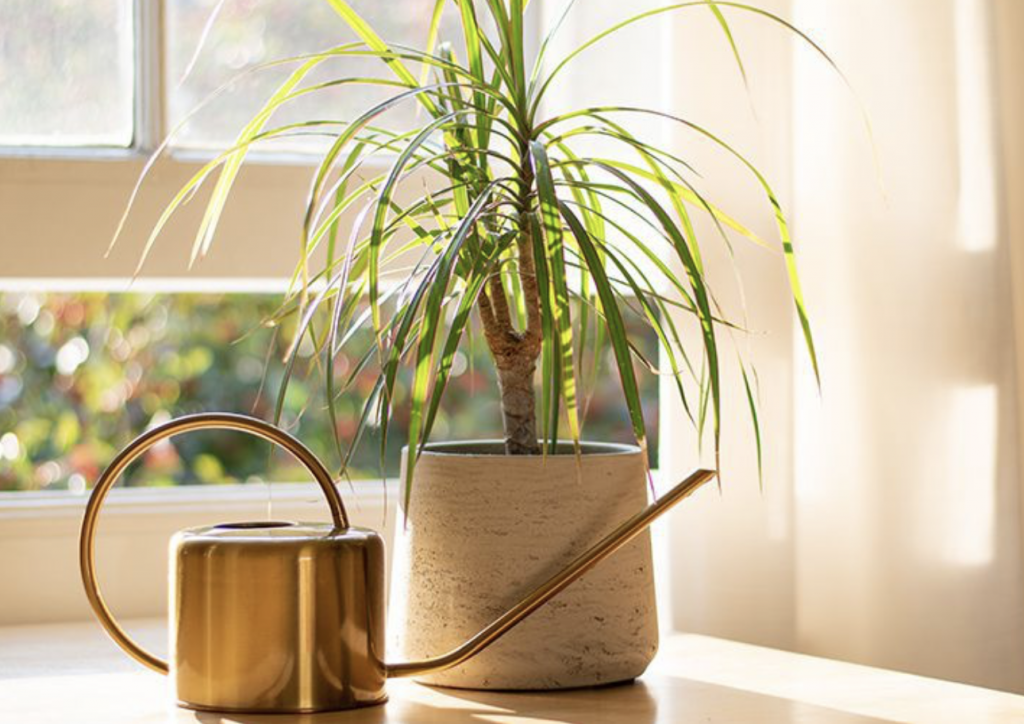
Breathing clean air is integral to sustaining your vitality and maintaining your overall health. Staying aware of the quality of the air that you breathe both indoors and out helps ensure that you are breathing the cleanest air you can. Especially now, as the effects of climate change wreak havoc and begin to cause increased instances of natural disasters like wildfires that have a significant impact on air quality. Moving to a clean air state is an advantageous maneuver if you are in the position to do so. Keeping tabs on the air quality in your area via a website like Air Now also goes a long way in keeping you informed about the air you are breathing. Unfortunately, though, there is only so much you can do about the air outside. You can, however, control the air you breathe inside, that’s where air-purifying plants come in.
HOW AIR-PURIFYING PLANTS WORK
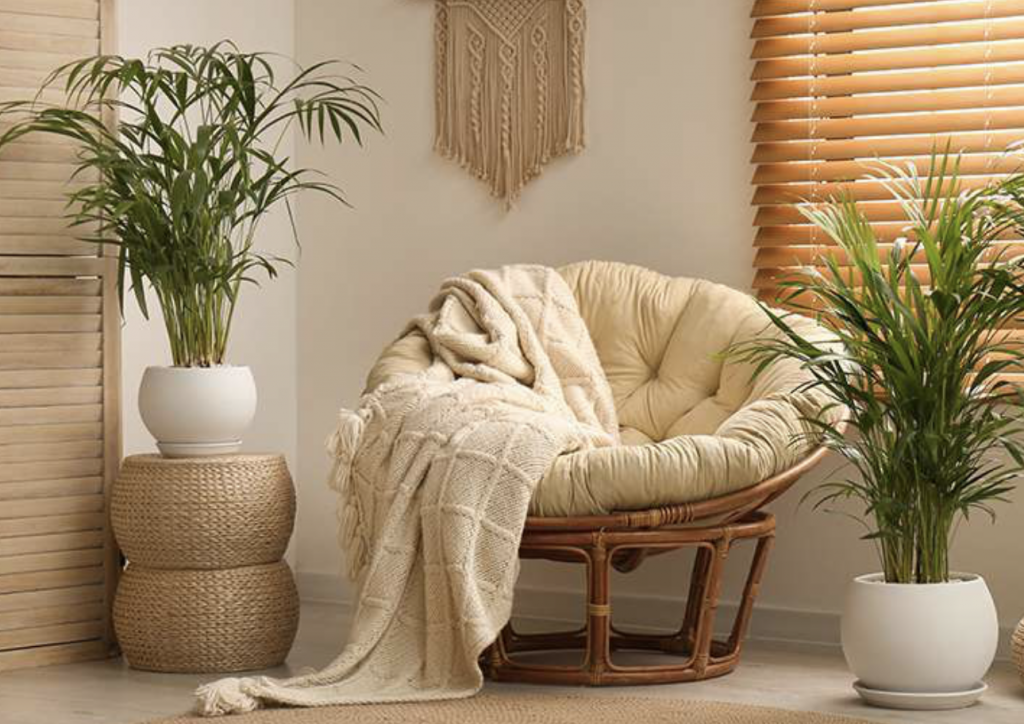
Unbeknownst to many, even in homes with modern ventilation systems, the air that we are breathing in our homes is not as clean as we would like to think. A great many of the products we utilize and interact with on a day-to-day basis release invisible, but potentially harmful toxins into the air inside your home. And unless those toxins are adequately filtered out, there is a good chance that you will inadvertently breathe them in. Chemical compounds like formaldehyde, benzene, toluene, xylene, and trichloroethylene are likely silently lurking in your indoor air. These compounds are known as Volatile Organic Compounds or VOCs. Filling your home with indoor air-purifying plants can help to remove those potentially harmful toxins.
Air-purifying plants clean the air by actually absorbing the toxins themselves. The plants most adept at doing this are those with significant leafage (surface area and/or quantity of leaves). However, it is important to understand that plants are not miracle workers. Studies have shown that to have a completely plant-based air filtration system, one would need to keep nearly 100 plants inside. Hence, air-purifying plants are best used in conjunction with an air purifier so that their effects can be amplified.
ADDED BENEFITS OF AIR-PURIFYING PLANTS

Air purifying plants help to purify the air, yes, but they are worth keeping for other reasons, too. Perhaps the most obvious benefit is that plants in general, but particularly air-purifying plants, work to decrease the amount of carbon dioxide in the air and increase the amount of oxygen. And we could all use a little more oxygen in our lives. Air purifying plants also help to control the humidity levels in your home. Keeping humidity to a minimum helps to reduce the propensity for different types of mold to grow.
Lastly, some scientific studies suggest that being surrounded by plants and other bits of nature throughout your day can help to boost your personal productivity and overall levels of satisfaction. That air-purifying plant perk is particularly beneficial for those who work from home. All in all, having air-purifying plants in your home is helpful in many more ways than one. So, we narrowed down some of the very best ones so you can begin filling your space with some luscious greenery.
Note: We only considered indoor air-purifying plants that are not toxic to pets. All of the plants that you will find on this list are safe to keep around both cats and dogs.
PARLOR PALM (Chamaedorea Elegans)
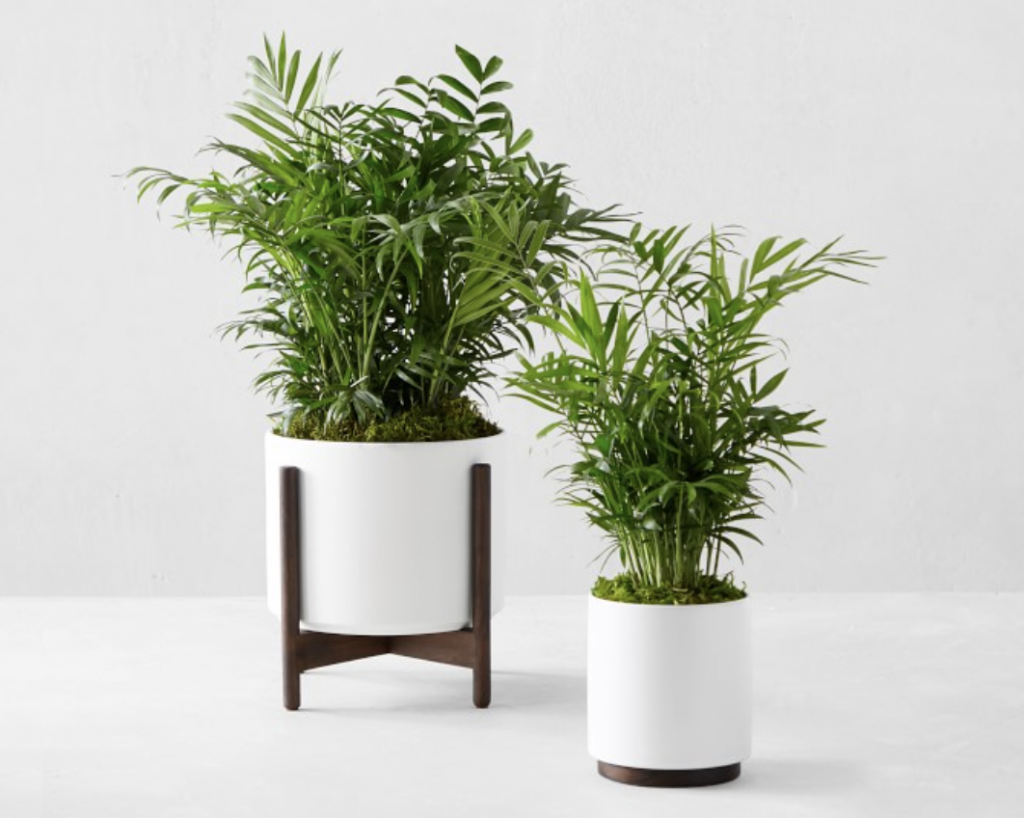
Why It’s The Best – Parlor Palms are beautiful leafy low-maintenance plants that are adept at removing both benzene and trichloroethylene. Benzene is a chemical that is used to make a variety of typical household products. Benzene is found in various plastics, adhesives, cleaning products, and even some detergents. Consistent and significant exposure to benzene can put somewhat at a higher risk of developing serious diseases like leukemia. Trichloroethylene is typically found in cleaning products and is classified as a serious carcinogenic. Trichloroethylene exposure has also been linked to birth defects, reproductive issues, neurological maladies, and central nervous system complications. Hence, keeping a Parlor Palm is definitely a good idea.
Caring for a Parlor Palm is simple. It requires access to periods of prolonged bright light and should be watered once every one to two weeks depending on how dry the soil is. Most don’t grow excessively large and can easily be placed on a table. This is nice for apartment dwellers or for those without significant space.
Purchase Yours: $99.95 at William Sonoma
SPIDER PLANT (Chlorophytum elatum)
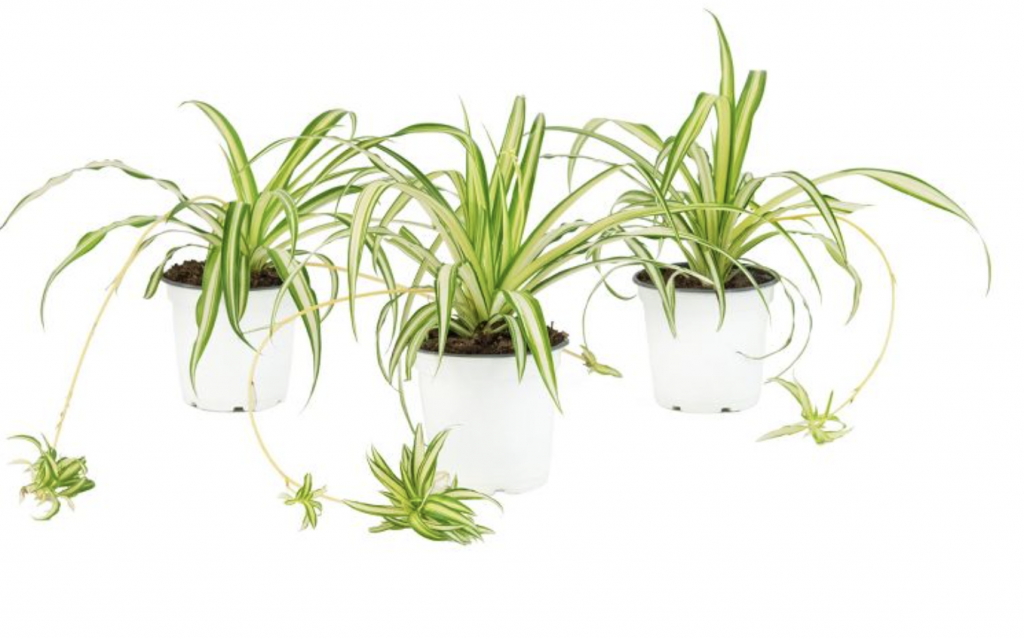
Why It’s The Best – Similar to actual spiders, air-purifying Spider Plants are exceedingly helpful. Impressively, these plants have the propensity to absorb 90% of all compounds that can be potentially harmful. However, these plants are exceedingly known for eliminating formaldehyde from the air. Various studies indicate that formaldehyde puts individuals at great risk of developing various forms of cancer. Unfortunately, formaldehyde is almost always present in indoor air because it is used when buildings are built. Having a spider plant in your home can aid in reducing overall formaldehyde levels.
These air-purifying plants have also been found to be adept at absorbing carbon monoxide, xylene, and toluene. If taken care of well spider plants can grow pretty large. Between two and three feet is typical. The larger they grow, the more toxins they will be able to absorb. They require bright but indirect sunlight and should be watered once a week.
Purchase Yours: $29.99 at Target
GERBERA DAISY (Gerbera Jamesonii)
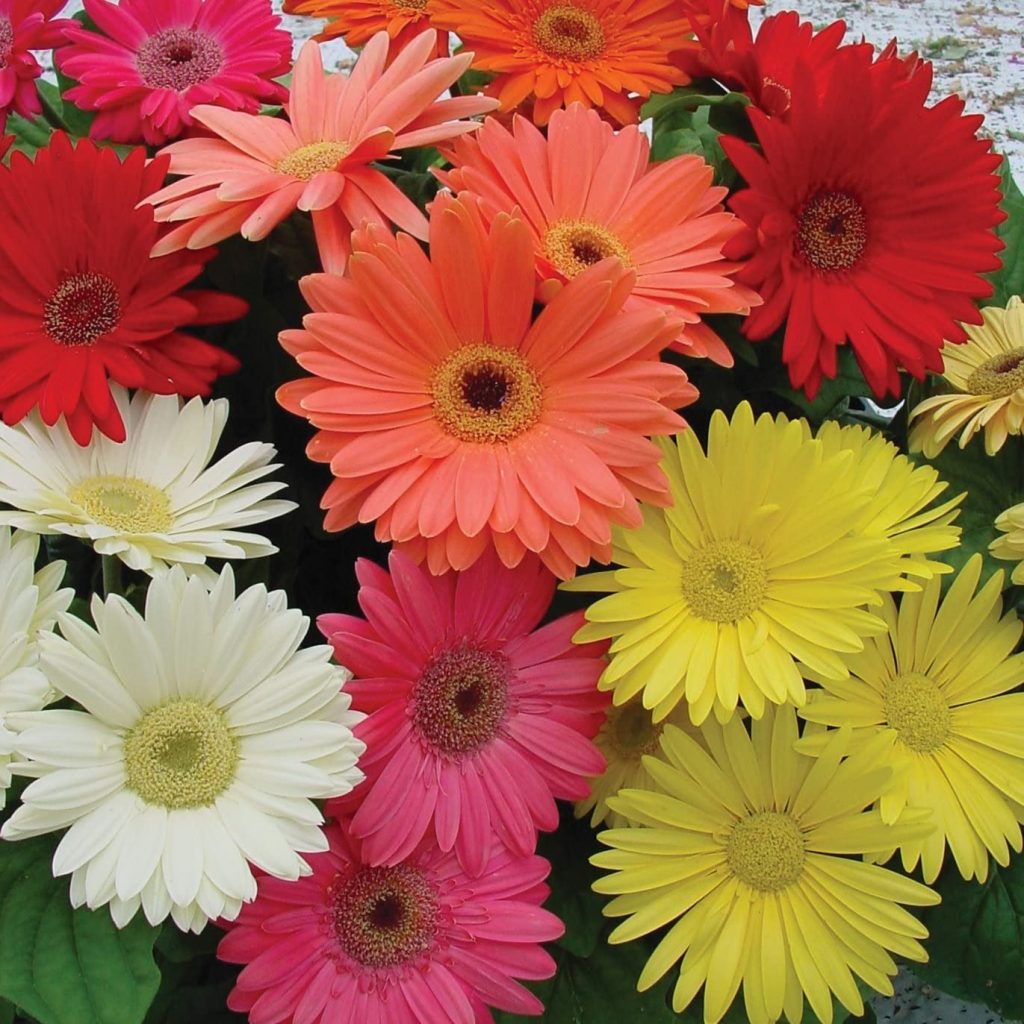
Why It’s The Best – If you prefer plants with brilliant floral displays, then the Gerbera Daisy is perfectly suited to you. These air-purifying plants are exceptional at removing formaldehyde, benzene, and trichloroethylene. So owners of these lovely colorful daisies can take solace that these beauties are doing their due diligence in helping to purify your home’s air.
Adding to their overall benefits, Gerbera Daisies are simple to take care of, too. They need access to direct, bright sunlight. However, take heed not to put them right up against a window. That could cause their gorgeous petals to scorch, shrivel, and fall off. They should be watered regularly. Frequently check the daisy’s soil for dryness. If the soil feels dry at or one or two inches in depth you should water the plant.
Purchase Yours: $6.49 for seeds on Amazon
DWARF BANANA PLANT (Musa Oriana)
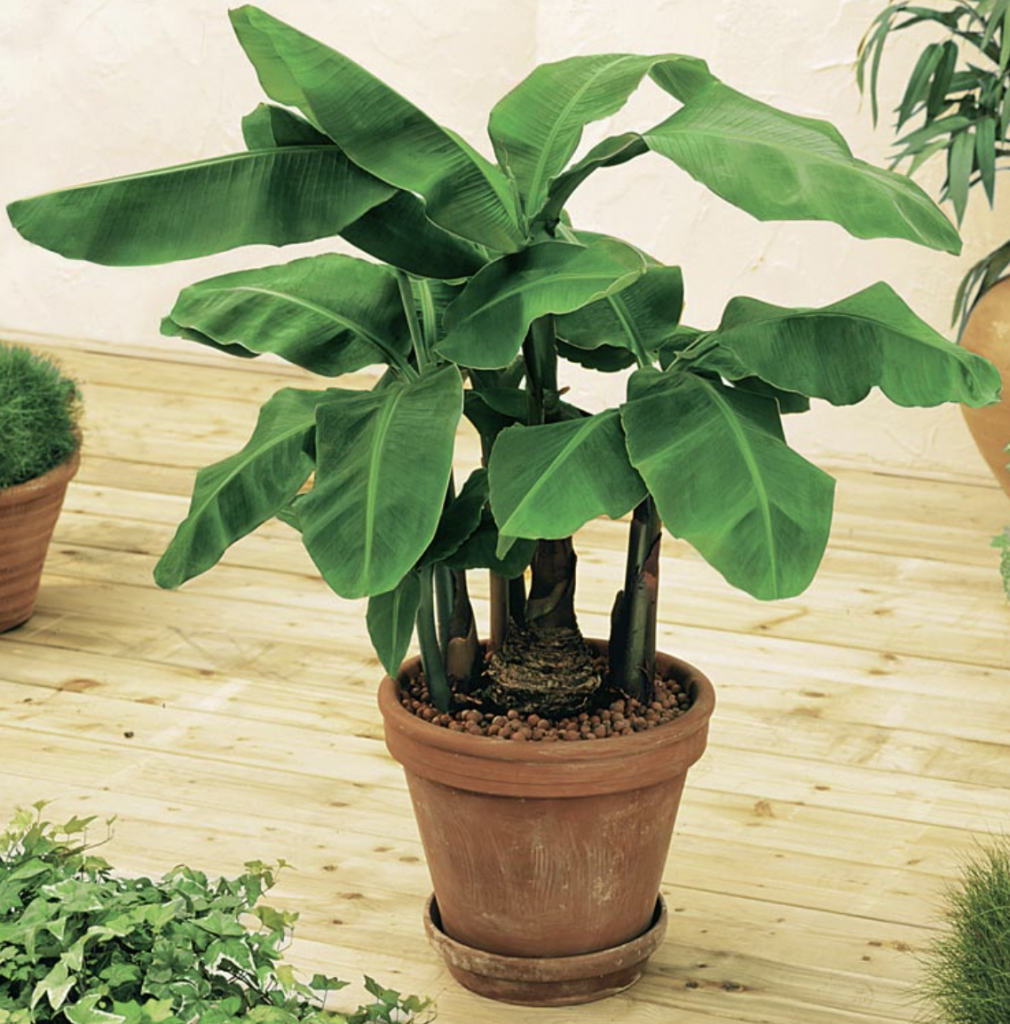
Why It’s The Best – Dwarf Banana Plants are low-maintenance air-purifying plants that know how to wipe any trace of formaldehyde from the air. These big boys can grow quite large, some get as much as nine feet tall. The larger the plant, the more formaldehyde it can whisk away. Thus, if you have the extra space, Dwarf Banana Plants are exceedingly worthwhile air-purifying plants to own.
Another added benefit of Banana Plants is that, due to their size, they also pump a significant amount of pure oxygen into the air. Also, despite their size, taking care of these air-purifying plants is a cinch. They only need water when their soil gets dry. They thrive in indirect sunlight.
Purchase Yours: $19.99 at Gurney’s
ARECA PALM (Dypsis lutescens)
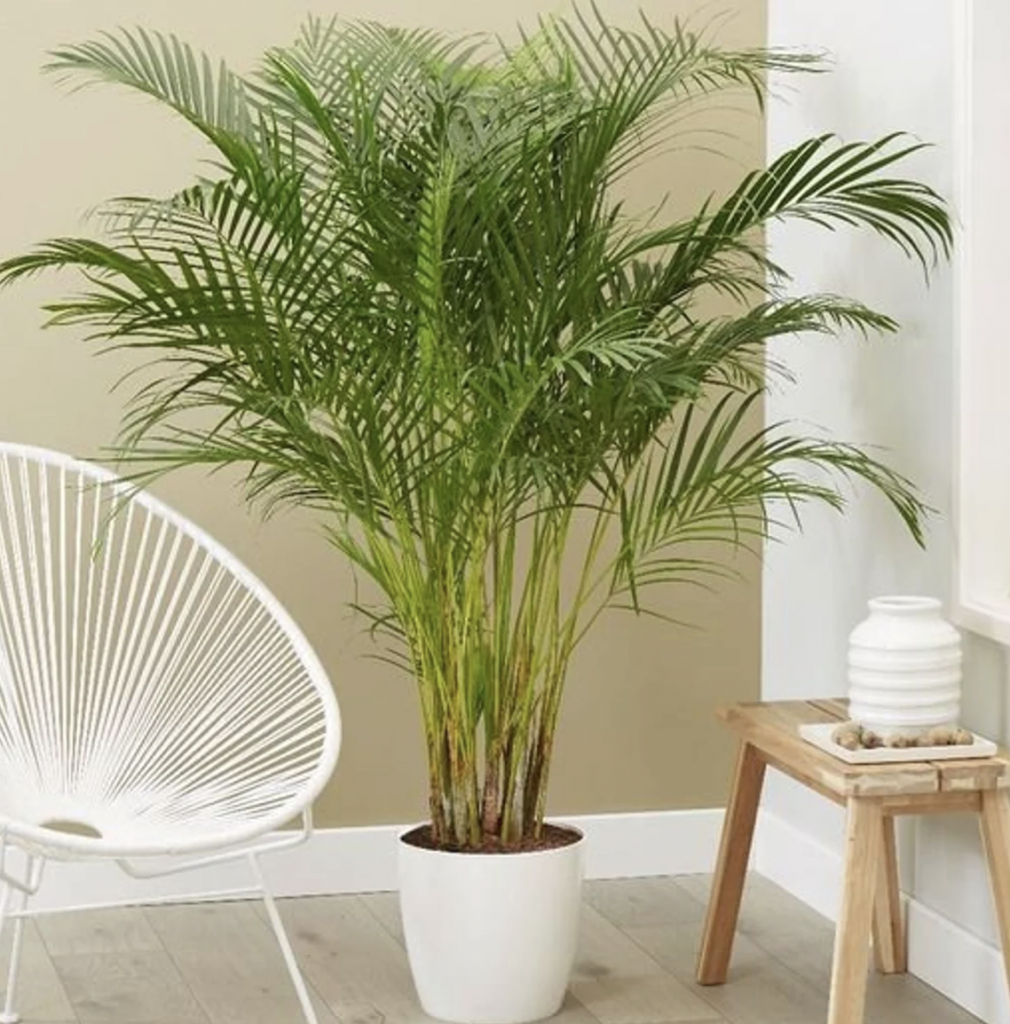
Why It’s The Best – Areca Palms are air-purifying plants that can really do it all. They can eradicate almost any VOC that you can think of including top offenders like formaldehyde, xylene, benzene, trichloroethylene, and carbon monoxide. If you want a plant that can really give you some peace of mind in terms of air quality then you should consider keeping an Areca Palm.
Areca Palms requite a little more maintenance than some of the other plants on our list. First, they thrive in temperatures between 65 and 75 degrees Fahrenheit. If it gets too hot or too cold it could harm the plant. You always should keep an eye on its soil. If it feels dry then water, but take care not to overwater. They should have access to bright sunlight, but be sure not to put the plant in direct line of the sun. Keep up with caring for an Areca Palm and you’ll have yourself one superior air-purifying plant.
Purchase Yours: $60.95 on Etsy
THE CONCLUSION
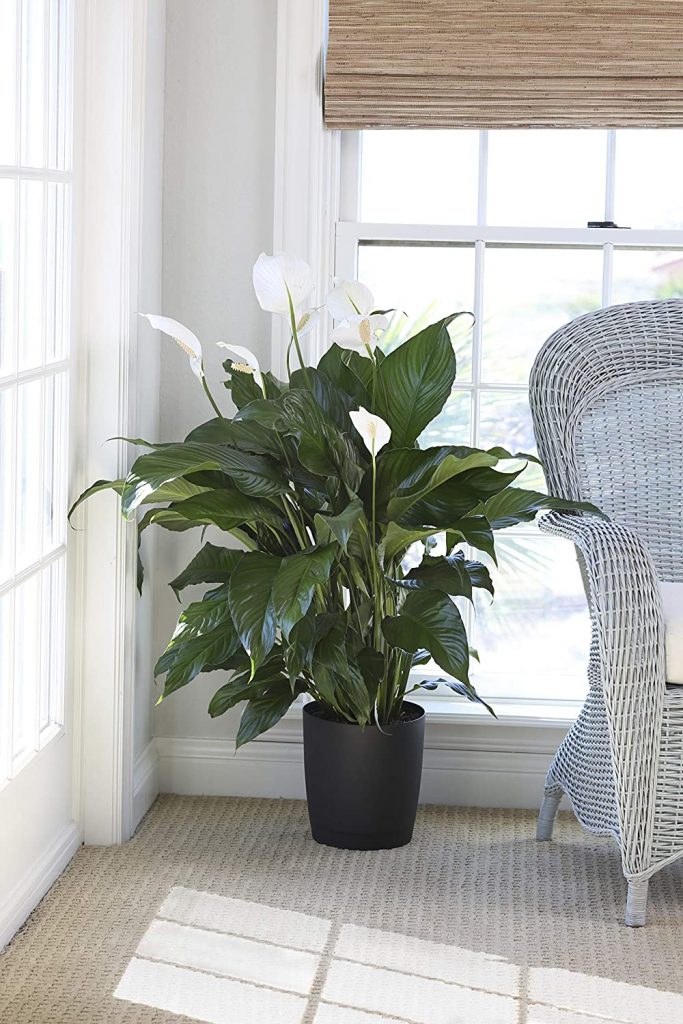
You don’t always have control over the air you are breathing outside. Although Dyson thinks it has a potential solution to that problem. See how they are addressing outdoor air quality here. However, you can take control over the quality of air that you are breathing inside your home. Keeping some air-purifying plants along with outfitting your domicile with a top-rated air-purifier will help to ensure that you are always breathing the purest air possible.



